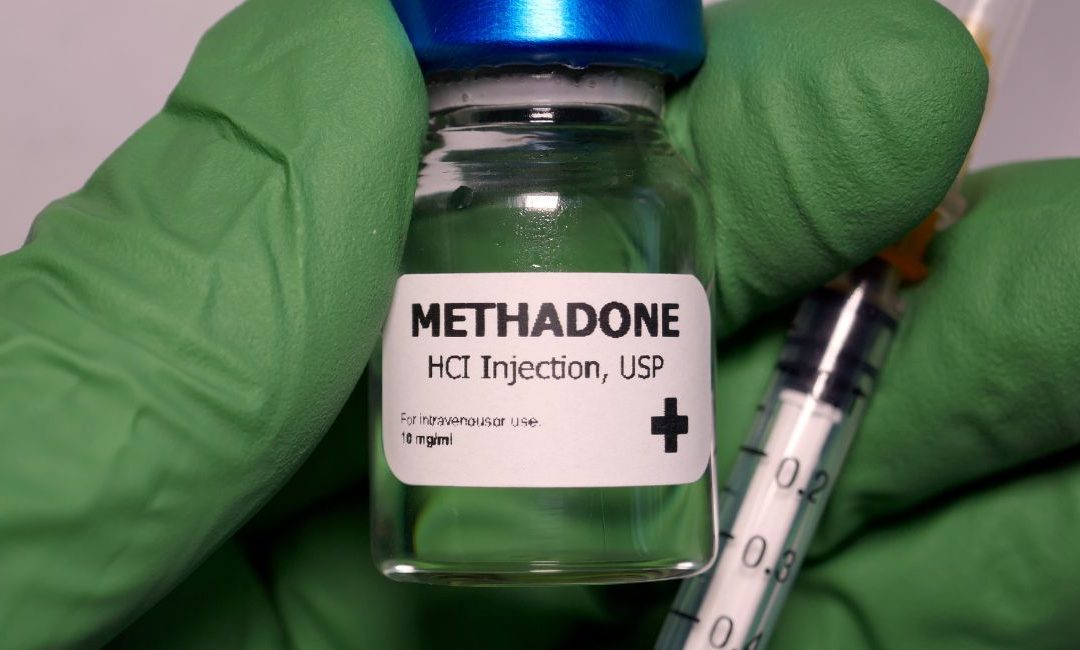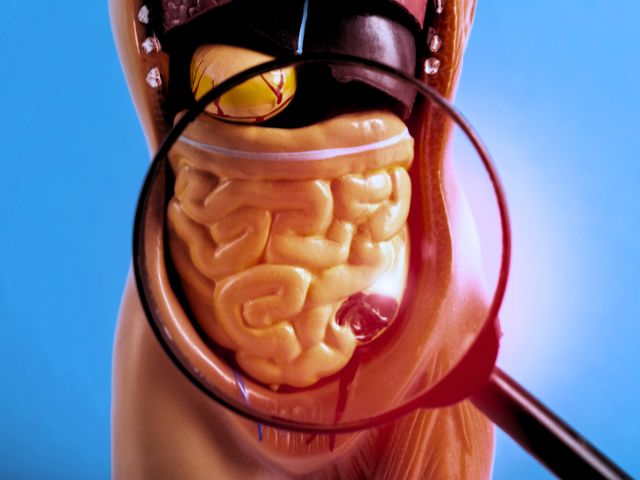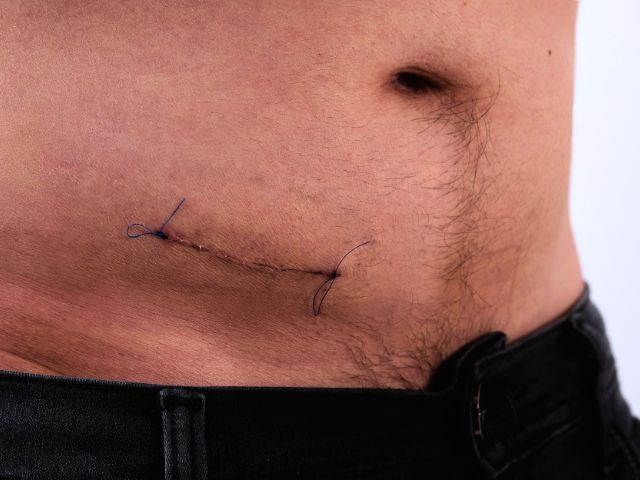Management Of Appendicitis
As mentioned earlier, appendicitis is a clinical and surgical emergency. If left untreated, the appendix can perforate, leading to peritonitis. An appendectomy (removal of the appendix) is the preferred method of treatment in acute appendicitis if the inflammation is localized. An appendectomy is performed within 24 to 48 hours from the onset of the symptoms. It can be done under general or spinal anesthesia.
An appendectomy can be performed both by open approach and laparoscopically. Laparoscopic appendectomy can be used in females, children, obese patients, or in those in whom diagnosis is uncertain. In a laparoscopic appendectomy, the recovery is faster.
An open appendectomy is usually performed by a transverse incision at the McBurney’s point. It is known as the McBurney-McArthur incision. Other than these, a Lanz incision or Pararectus incision may also be made to access the abdominal cavity.
In cases of a perforated appendix and evidence of peritonitis or abscess, conservative treatment with antibiotics and IV fluids is given 6 to 8 hours before an appendectomy.
The pre-operative treatment includes IV hydration, antibiotics, antipyretics, and analgesics. Analgesics are usually administered after a definitive diagnosis is made. In severe pain, opioid analgesics may be given. IV hydration can be done with normal saline or Ringer’s lactate solution.
The antibiotics can include metronidazole, gentamicin, cefotetan, cefoxitin, piperacillin, and tazobactam sodium. Any of these antibiotics offer broad antibacterial coverage, which is essential in appendicitis, especially if ruptured.









